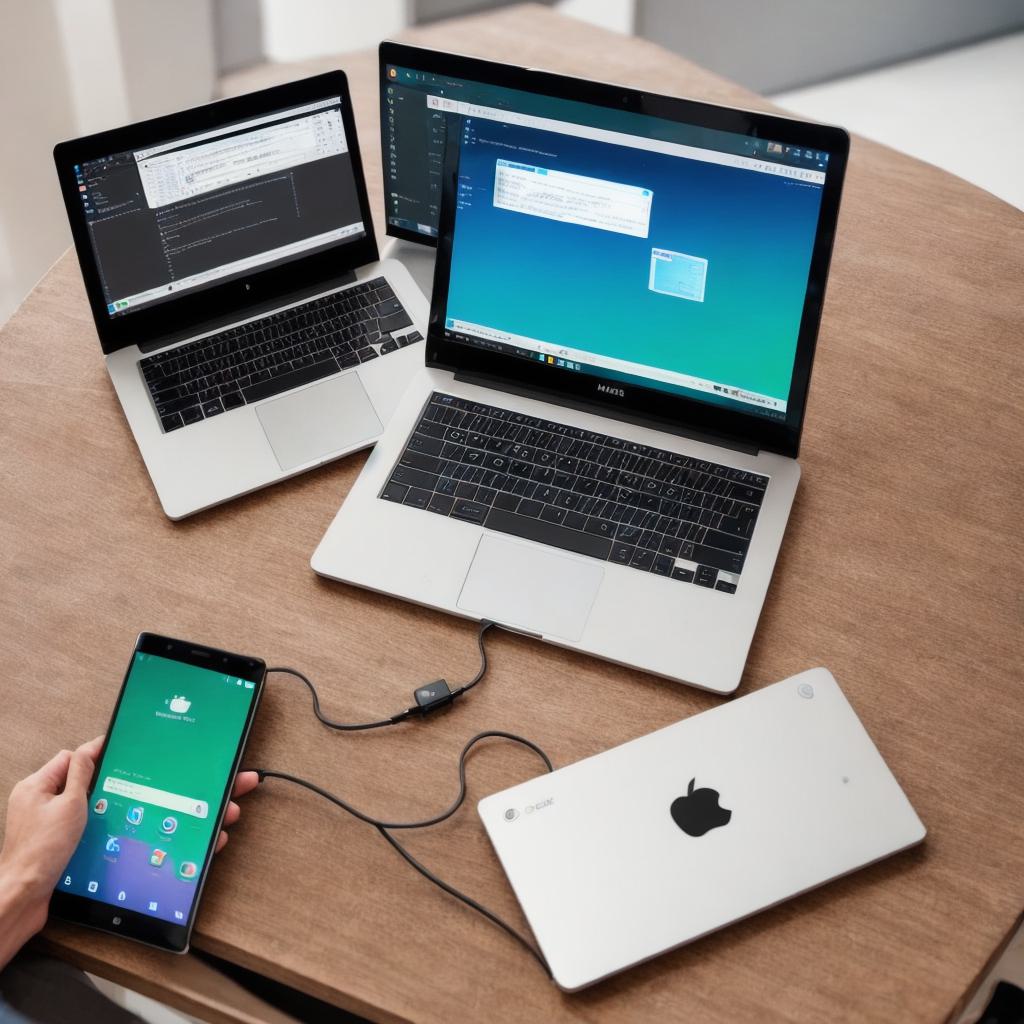Introduction:
Android development refers to the process of creating mobile applications for the Android operating system (OS). With over 80% of the world’s smartphones running on Android, it provides an immense opportunity for developers to reach a vast audience. In this article, we will explore the basics of Android development, including its tools, frameworks, best practices, and various applications.
Tools and Frameworks:
Android development requires several tools and frameworks to create and debug applications. The most important tool is the Android Studio Integrated Development Environment (IDE), which provides a comprehensive set of features for developing, testing, and deploying Android apps. Other essential tools include the Android Debug Bridge (ADB) for managing devices and the Android Virtual Device Manager for creating virtual devices for testing purposes.

The Android framework itself consists of several libraries and APIs that allow developers to access the device’s hardware and software features. The most popular API is the Android Application Record (AAR), which provides a standardized way of packaging and distributing apps. Other important frameworks include the View library for creating user interfaces, the Room database for storing data, and the Retrofit networking library for making HTTP requests.
Best Practices:
To create successful Android apps, developers must follow certain best practices. These include writing clean and organized code, using version control systems like Git, and testing applications thoroughly on multiple devices and configurations. Additionally, it is crucial to optimize app performance by minimizing resource usage and ensuring smooth transitions between screens. Finally, developers should keep up-to-date with the latest Android updates and best practices to stay ahead of the competition.
Case Study:
One example of a successful Android app is Uber, which has over 1 billion users worldwide. The app’s development process involved a team of experienced developers who used Android Studio to create a user-friendly interface and access the device’s GPS and payment APIs. They also followed best practices by testing the app extensively on multiple devices and configurations and optimizing its performance for smooth transitions between screens.
Applications:
Android apps can be developed for various purposes, including gaming, productivity, social networking, and more. Some of the most popular Android apps include WhatsApp, Gmail, Facebook, TikTok, and Instagram. These apps have millions of users worldwide and are designed to provide a seamless user experience.
Summary:
Android development is a complex process that requires knowledge of tools, frameworks, and best practices. However, with the right approach, developers can create successful apps that reach a vast audience. By following these guidelines and keeping up-to-date with the latest trends, developers can stay ahead of the competition and create apps that stand out in the crowded Android marketplace.
